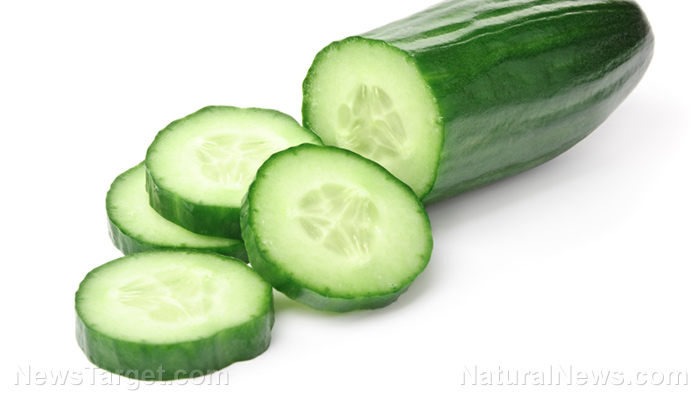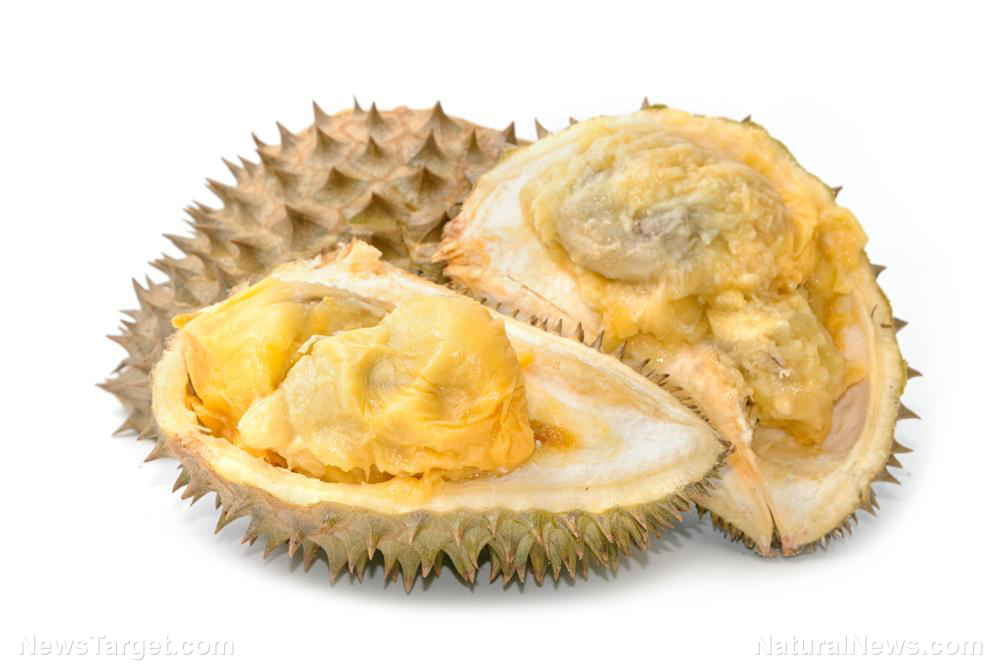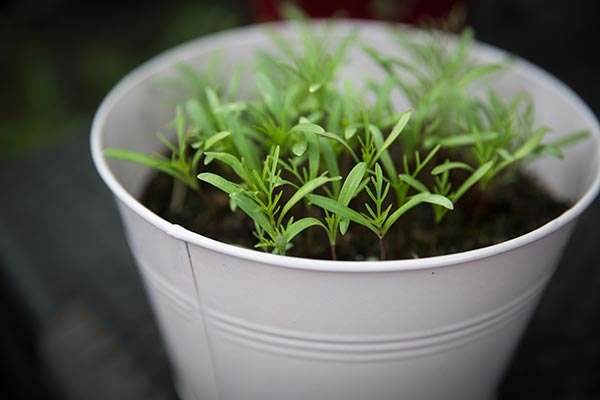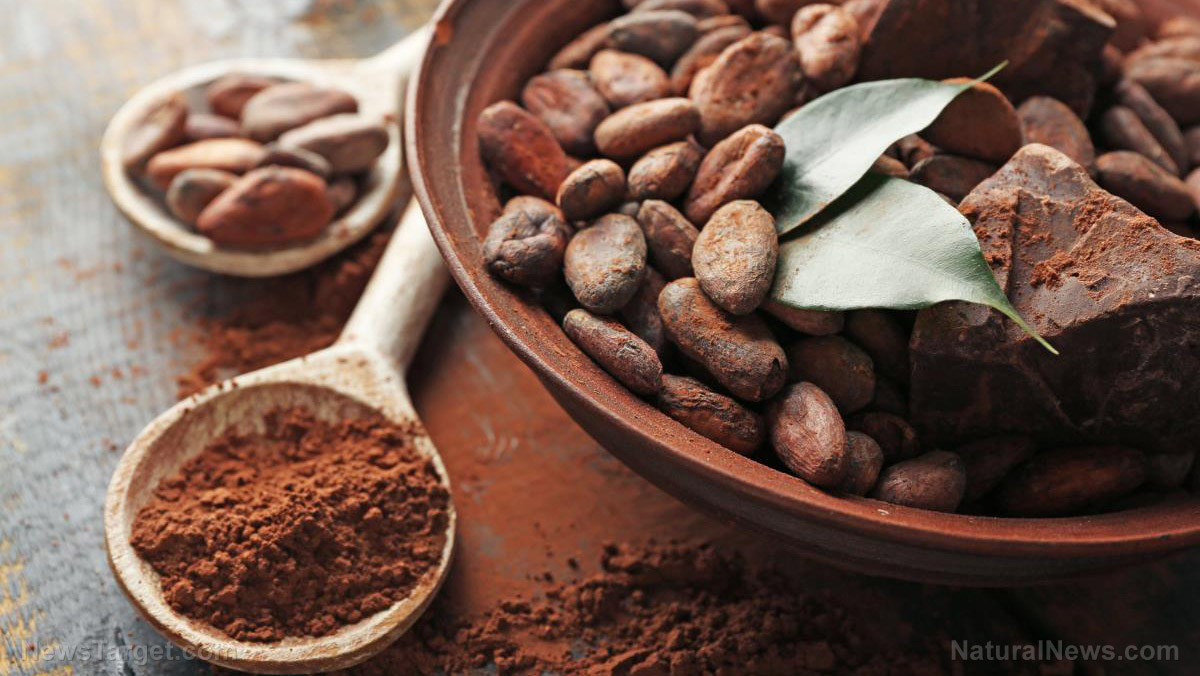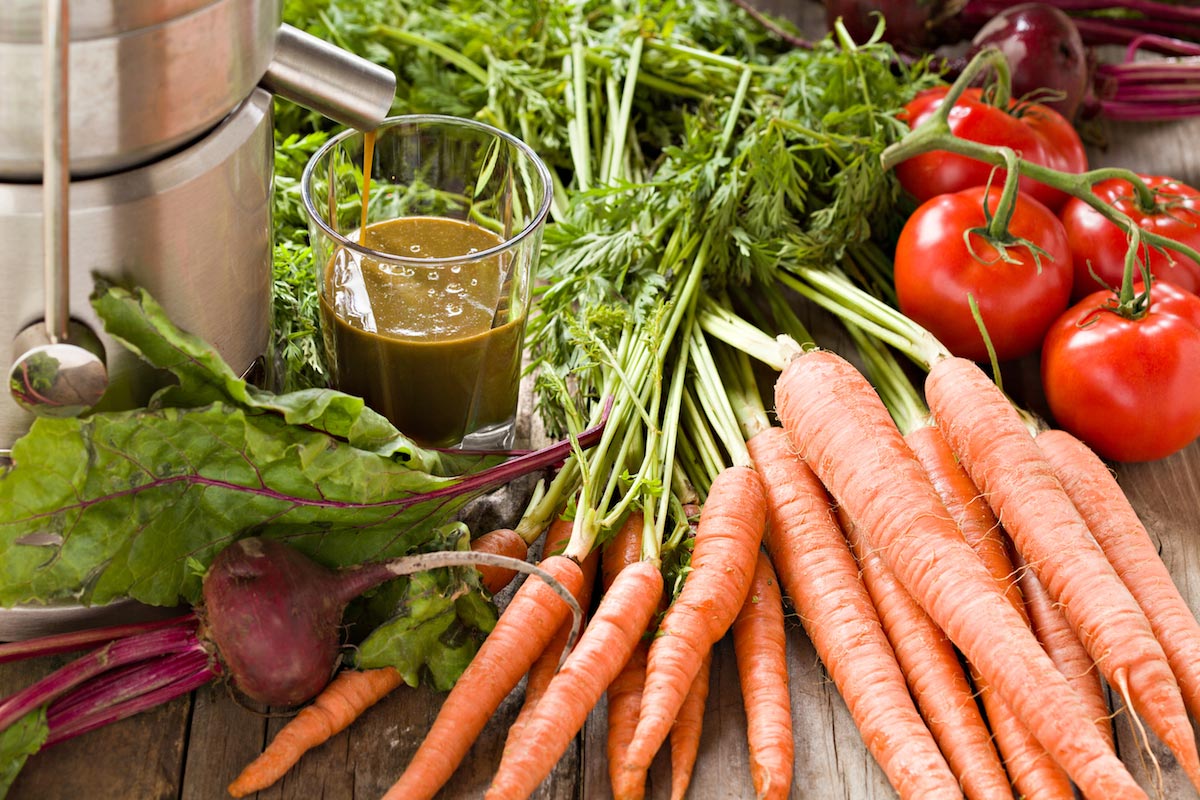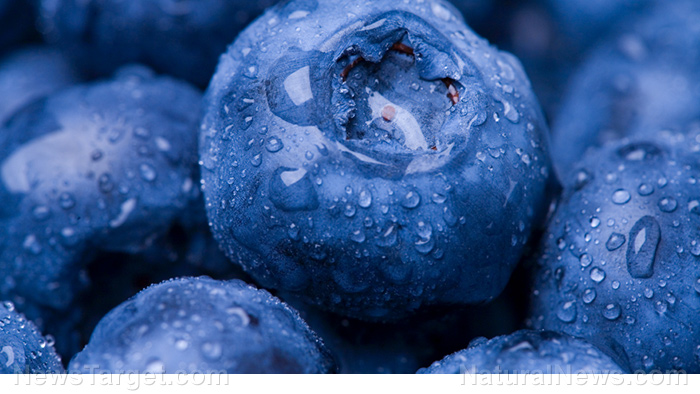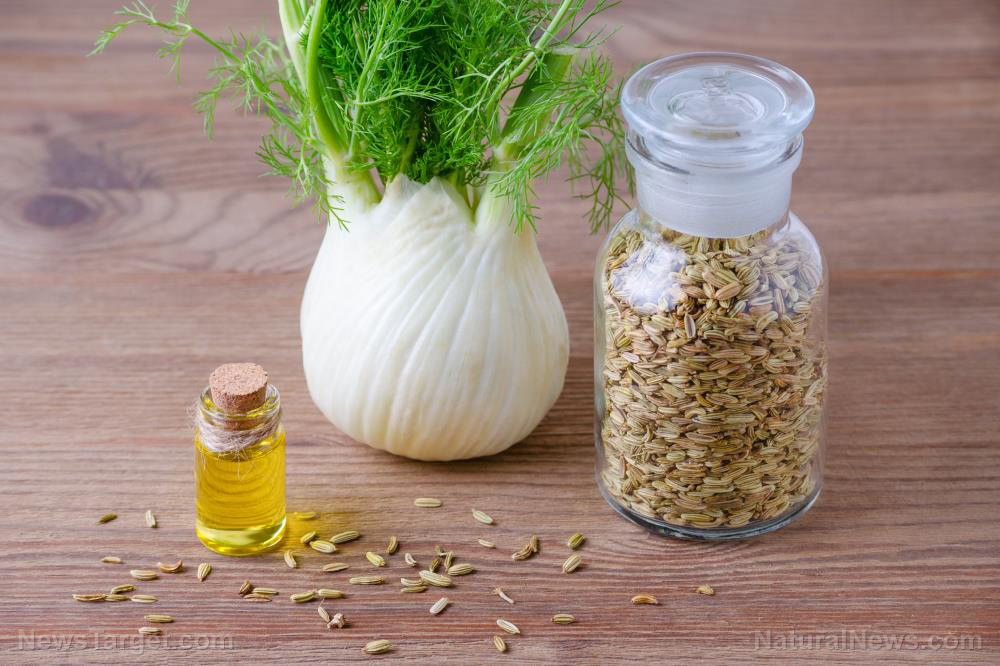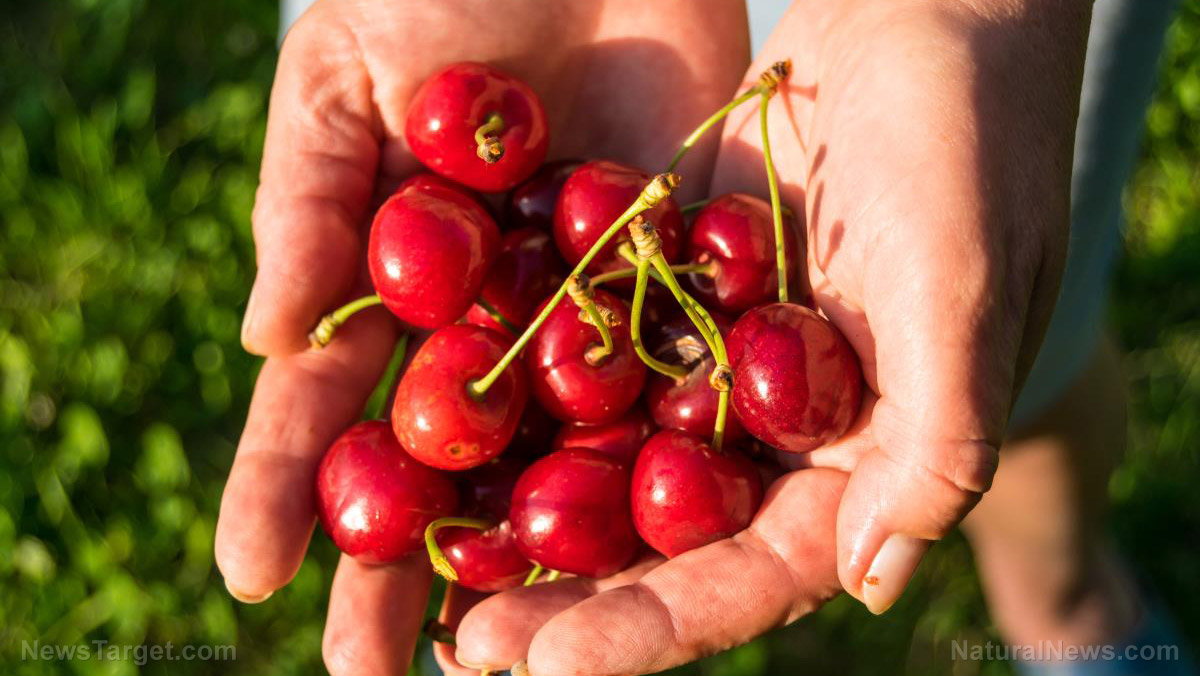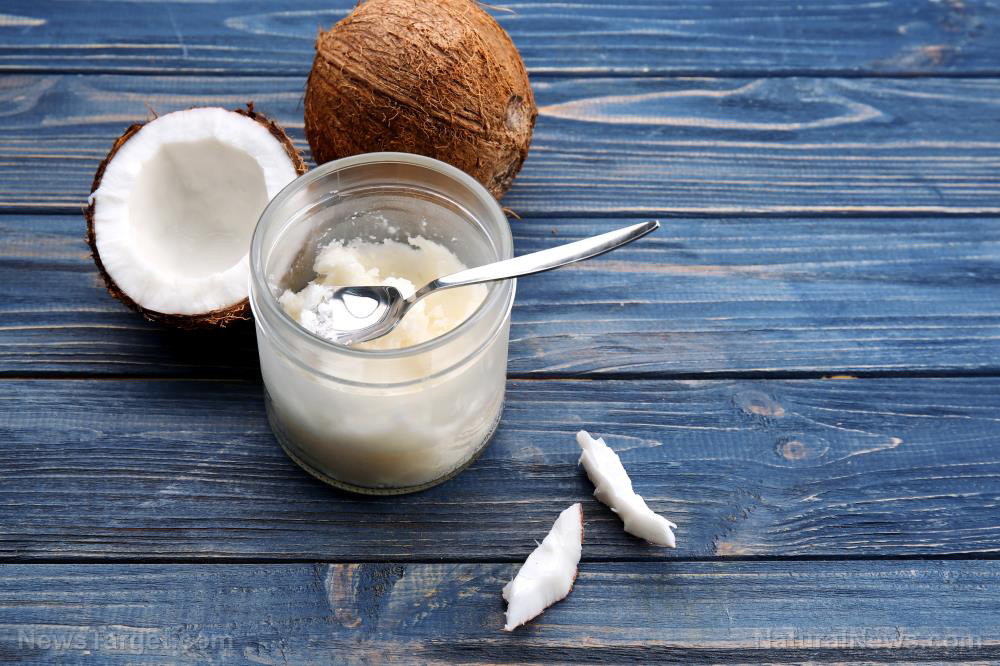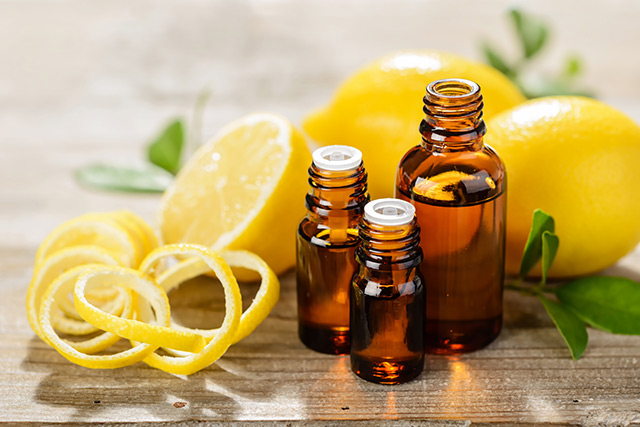Phytochemical properties of Semecarpus anacardium (marking nut tree)
10/20/2020 / By Evangelyn Rodriguez
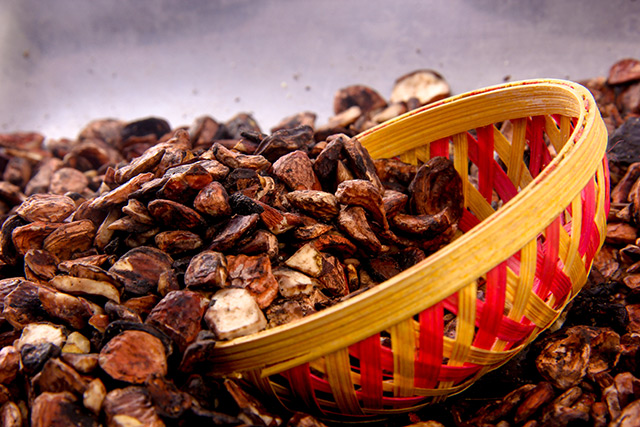
In this study, researchers from India isolated and characterized compounds from the methanolic extract of Semecarpus anacardium (marking nut tree) seeds. They reported their findings in an article published in the International Journal of Green Pharmacy.
- Plant-derived compounds play a key role in medicine, thanks to their biological activities.
- Thirty percent of all modern medications are based on plant compounds.
- According to the World Health Organization (WHO), about 80 percent of the world’s population rely on plants for primary healthcare.
- Researchers believe that characterizing the components of medicinal plants is important for discovering the actual value of traditional remedies
- S. anacardium belongs to the Anacardiaceae (cashew) family and is grown in different parts of India.
- The nut milk of S. anacardium is used in Siddha Medicine to treat tuberculosis and autoimmune joint diseases.
- Meanwhile, the seeds of this plant are used in Ayurveda to treat arthritis, leprosy, parasitic infections and venereal disorders.
- It is also said to have antioxidant, anti-inflammatory, anti-arthritic, anti-cancer and anti-diabetic properties.
- To analyze the phytochemical composition of S. anacardium seeds, the researchers used chromatographic techniques to characterize their active components.
- They then subjected the purified tractions to spectrometric analyses to determine the compounds’ chemical structures.
- The researchers reported that besides compounds like tetrahydroamentoflavone, semicarpoflavonone, jeediflavanone, galluflavonone, nallaflavonone, semecarpetin and anacardioflavonone, S. anacardium seeds contained different catechol derivatives.
They believe that characterizing the components of medicinal plants like S. anacardium could help them discover the actual value of these traditional remedies.
Journal Reference:
Ramalingam S, Karuppiah M, Priya VV, Palanivelu S, Panchanatham S. ISOLATION AND CHARACTERIZATION OF CATECHOL DERIVATIVES FROM SEMECARPUS ANACARDIUM NUTS. International Journal of Green Pharmacy. 2019;13(3):289-298. DOI: 10.22377/ijgp.v13i3.2610
Tagged Under:
RECENT NEWS & ARTICLES
COPYRIGHT © 2017 SUPERFOOD NEWS


